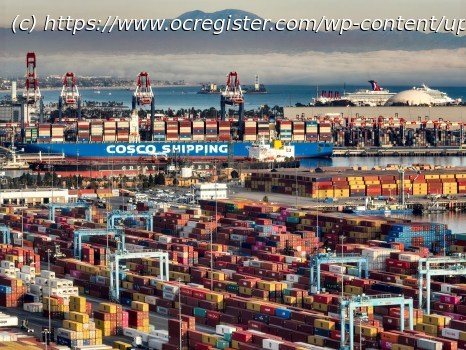U.S. tariffs are taxes on Americans, and stealthy ones. They show up as higher prices in grocery aisles, lower wages for factory workers, and greater global risk premia.
With yet another round of tariffs taking effect this week — this time on cabinets and other furniture, timber and lumber — the White House insists that its policies are about “fairness” and “reciprocity.” The evidence now tells a different story of higher prices for Americans, lower margins for U.S. firms, collapsing exports in flagship industries, investment paralysis and mounting risks of an economic slowdown.
Start with exports. American goods are losing ground fast. A recent KPMG survey finds that “60% of businesses reported decreased overseas sales” in the first six months of President Donald Trump’s tariffs. For instance, U.S. liquor exports tumbled 9% in the second quarter of this year, with steep declines across the European Union, Canada, Britain and Japan, which together buy about 70% of these exports. In another example, China — once a key customer for U.S. farm goods — has turned instead to Argentina and other suppliers, and total U.S. soybean exports are down 23% this year.
Smaller companies are also adversely affected. A valve and gas component maker in Napa Valley just announced that it will shut down a plant and discharge 237 employees, citing weak overseas demand linked to tariffs. Let’s not forget the upcoming Supreme Court case of V.O.S. Selections, Inc. v. Trump, where U.S. importers and resellers of wine, electronics kits, apparel and other goods argued that the April 2 “Liberation Day” tariffs disrupted their supply chains, forced steep price increases and threatened their viability.






